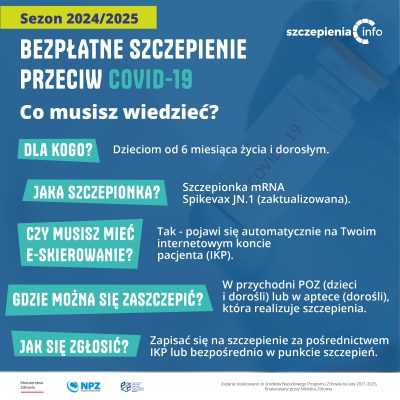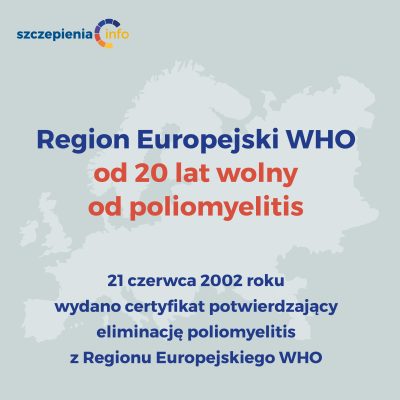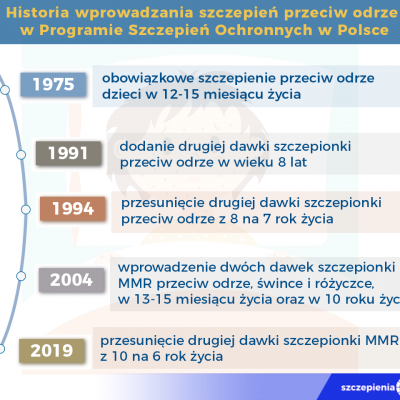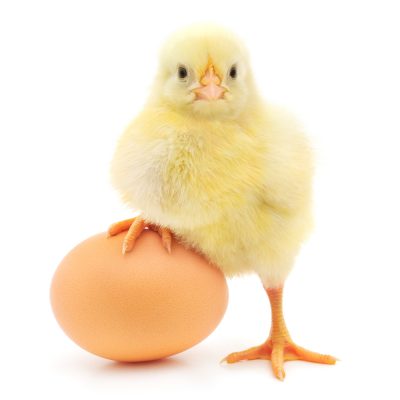
Jakie substancje pomocnicze wchodzą w skład szczepionek?
Substancje konserwujące
Dlaczego do szczepionek dodajemy konserwanty?
Konserwanty są stosowane w szczepionkach jako ochrona przed zanieczyszczeniami drobnoustrojami. Przykładem jest tiomersal dodawany do niektórych szczepionek (zwłaszcza przygotowanych w opakowaniach wielodawkowych), aby je chronić przed zanieczyszczeniami bakteriami i grzybami. W niektórych szczepionkach substancje konserwujące, tj. tiomersal czy 2-fenoksyetanol mogą występować w śladowych ilościach jako pozostałość z procesu ich wytwarzania.
Ostatnia aktualizacja:18 stycznia 2022
Materiały źródłowe
- Ameratunga R. Gills D. Gold M. i wsp. Evidence refuting the existence of autoimmune/autoinflammatory syndrome induced by adjuvants (ASIA). J Allergy Clin Immunol Pract 2017;5:1551-1555.
- Bernatowska E., Bernat-Sitarz K., Pietrucha B. i wsp. Szczepienia dzieci i osób dorosłych uczulonych na białko jaja kurzego –coraz mniej ograniczeń Standardy Medyczne/Pediatria. 2012, 9, 134-139.
- CHMP Position Paper on Thiomersal Implementation of the Warning Statement Relating to Sensitisation (EMEA/CHMP/VWP/19541/2007).
- Erlewyn-Lajeunesse M. i wsp. Anaphylaxis as an adverse event following immunisation in the UK and Ireland.Arch. Dis. Child., 2012; 97: 487–490.
- Farmakopea Polska, wydanie XI, tom I, 2017, str. Vaccines for human use (01/2017:0153 (str. 1029-1032.
- Finn T.M., Egan W. Vaccine additives and manufacturing residuals in vaccines licenced in the United States (Chapter 7). W: Plotkin’s vaccines, red. Plotkin SA, Orenstein WA, Offit PA, Philadelphia PA: Saunders Elsevier; 2018, str. 75-83.
- Franceschini F. i wsp. Vaccination in children with allergy to non active vaccine components. Clin Transl Med. 2015; 4: 3.
- Global Advisory Committee on Vaccine Safety (GACVS): Aluminium adjuvants. Weekly epidemiological record 2012; 87(30):277-288.
- Gołoś A., Lutyńska A. Adiuwanty glinowe w szczepionkach – aktualny stan wiedzy. Przegl Epidemiol 2015; 69: 871-874.
- Gołoś A., Lutyńska A. Tiomersal w szczepionkach – aktualny stan wiedzy. Przegl. Epidemiol. 2015; 69: 157 – 161.
- Jefferson T, Rudin M, Di Pietrantoni C. Adverse events after immunization with aluminium-containing DTP vaccines: systematic review of the evidence. Lancet Infect Dis 2004;4:84-90.
- Karwowski M.P., Stamoulis C., Wenren L.M. i wsp. Blood and hair aluminum levels, vaccine history, and early infant development: a cross-sectional study. Acad Pediatr 2018;18:161-165.
- Keith L.S., Jones D.E., Chou CH.S.J. Aluminum toxicokinetics regarding infant diet and vaccinations. Vaccine 2002;20:S13-S17.
- Pichichero ME i wsp. Mercury Levels in Newborns and Infants After Receipt of Thimerosal-Containing Vaccines. Pediatrics February 2008, 121 (2) e208-e214.
- Mitkus R.J., Hess M.A., Schwartz S.L.: Pharmacokinetic modeling as an approach to assessing the safety of residual formaldehyde in infant vaccines. Vaccine 2013;31;2738-2743.
- Mitkus RJ, King DB, Hess MA, et al. Updated aluminum pharmacokinetics following infant exposures through diet and vaccination. Vaccine 2011;29:9538-9543.
- Offit P.A., Jew R.K.: Addressing Parents’ Concerns: Do Vaccines Contain Harmful Preservatives, Adjuvants, Additives, or Residuals? Pediatrics 2003;112;1394-1401.
- Roches A, Paradis L, Gagnon R, Egg-allergic patients can be safely vaccinated against influenza. J Allergy Clin Immunol 2012, Nov;130(5):1213-1216.
- Vaccine ingredients. Knowledge Project. University of OXFORD (dostęp 03.08.2017).






